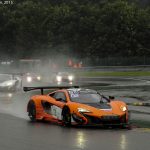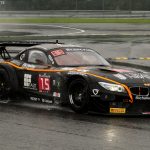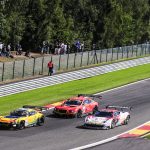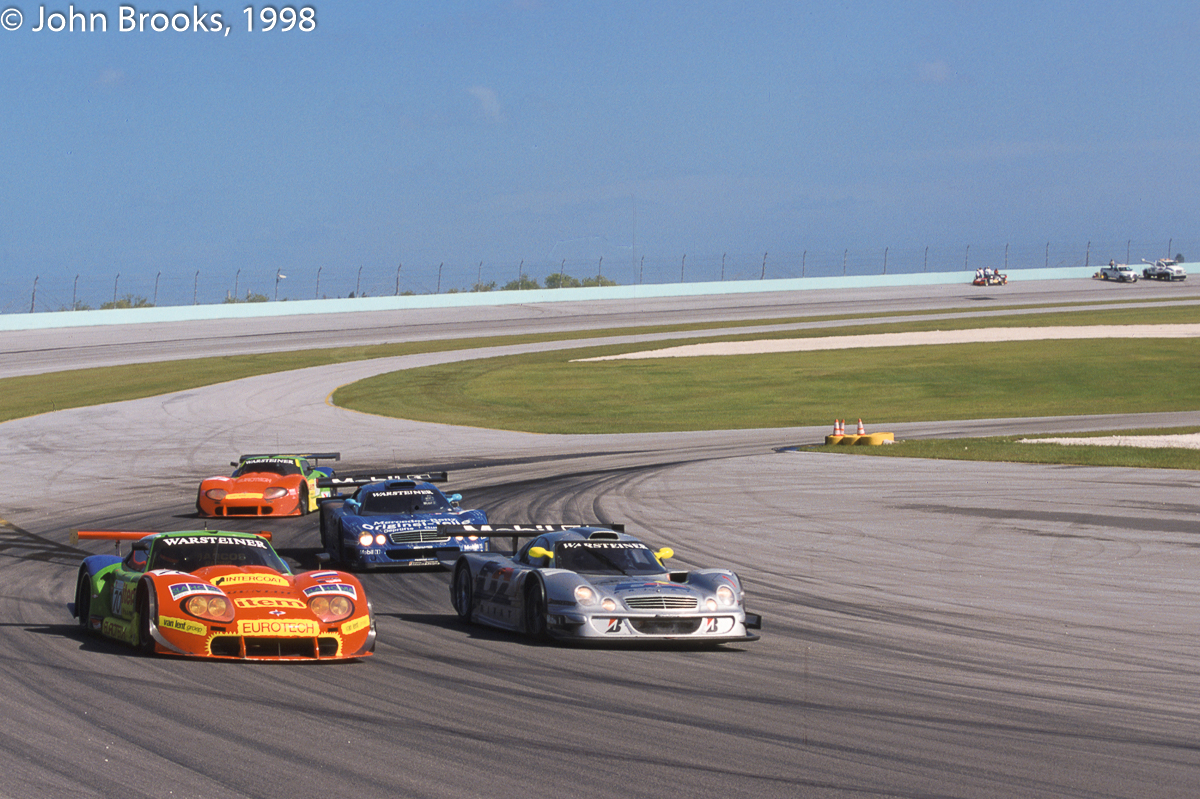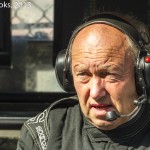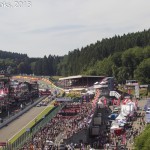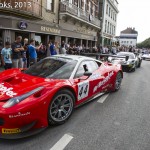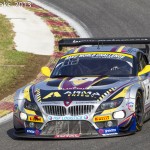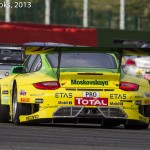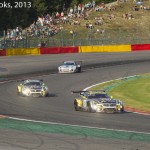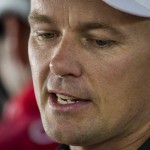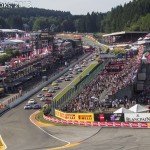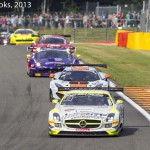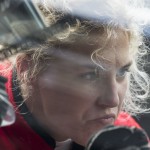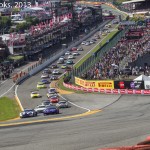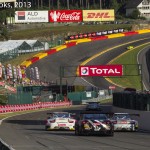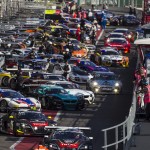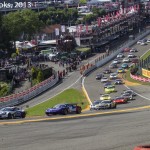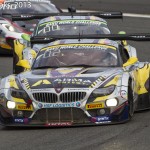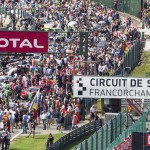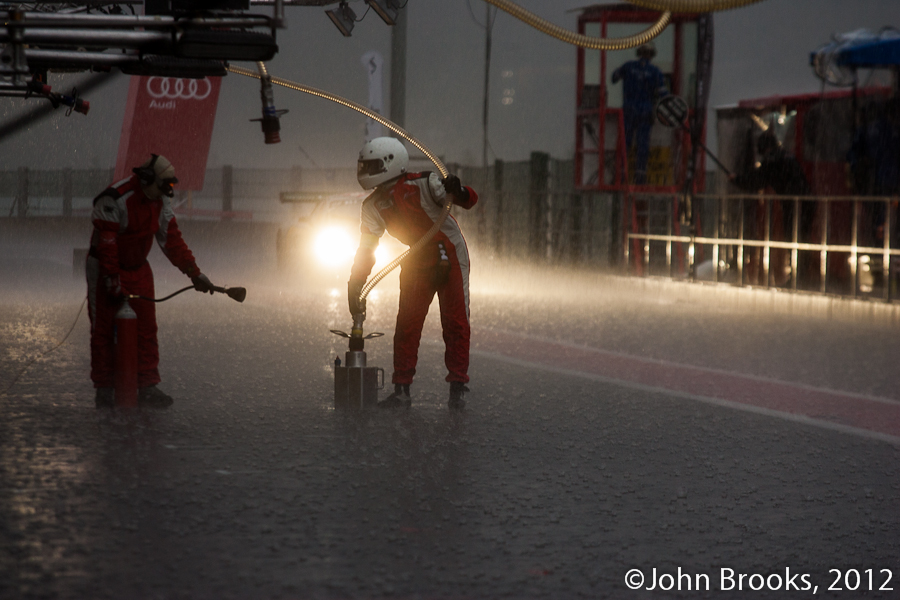I wrote this retrospective a while back, intending it to be used for another purpose. Perhaps it should have seen the light of day last weekend when the attention of the GT Universe was focused on Francorchamps. It matters not, like the 2019 edition the 2009 Spa 24 Hours was action packed, this part of Belgium rarely disappoints. So take a few minutes to look back to the time of GT1………….

Change was in the air for those anticipating the 2009 edition of the Spa 24 Hours. In early July that year the FIA had given approval for SRO’s next big step, the FIA GT1 World Championship, a brave venture to launch in the face of the financial storms that were raging at the time. This bold move also spelled the end of the road for the FIA GT Championship which had graced tracks around the globe since 1997, taking GT racing to new heights.
The 2009 Spa 24 Hours would therefore be the last contested by the GT1 cars that had pretty much ruled the roost since 2001 when SRO took over as promoters of the Belgian endurance classic. That fact combined with the economic challenges of the time faced by all the competitors meant that the field in the leading class was smaller than in previous years. However, the quality of the competitors more than made up for any shortfall in quantity.

Hot pre-race favourites were the trio of Maserati MC12 GT1s entered by Vitaphone Racing, as winners in three of the previous four years at Spa, they looked on course to add to their trophy cabinet. The German team’s driver line ups were first class too. In #1 were the reigning FIA GT Champions, Andrea Bertolini and Michael Bartels with Stéphane Sarrazin and Alexandre Negrão completing the quartet. #2 MC12 had regulars Alex Müller and Miguel Ramos supported by Pedro Lamy and Eric van de Poele, a record five-time winner at the Spa 24 Hours. The final Vitaphone entry had Belgians Vincent Vosse and Stéphane Léméret leading the charge with Carl Rosenblad and Alessandro Pier Guidi also in the team.

The opposition to the Italian supercars came in the shape of three Corvette C6.Rs. Local favourites Peka Racing Team gave the crowds something to shout about and did not lack in speed and experience in the driver department with a line-up of Mike Hezemans, Anthony Kumpen, Jos Menten and Kurt Mollekens. Race day would be Mike’s 40th birthday, what better present than a second triumph at the Spa 24 Hours?
Bringing a touch of the exotic to the grid was the C6.R of Sangari Team Brazil. The car, formerly run under the DKR banner, was crewed by ex-F1 driver Enrique Bernoldi and his fellow Brazilian Roberto Streit, with Xavier Maassen the third driver.
The final Corvette on the grid was entered by Selleslagh Racing Team, long-time supporters of the Championship. Leading their challenge was Vette factory driver and all-round good egg, Oliver Gavin. His teammates were James Ruffier, Bert Longin and Maxime Soulet.

The brave new world of the future GT1 class was also represented on the grid with the Marc VDS Ford GT and a factory backed Nissan GT-R. While these novelties attracted much attention, they were considered too new to challenge for outright victory.
The Qualifying sessions were struck by rainstorms of biblical proportions and there was virtually no running in the dry. The grid lined up with the Vitaphone Maseratis at the head with the Sangari and Selleslagh C6.R pair up next. Then it was the Marc VDS Ford, the final Vette of Peka Racing and the GT1 field was rounded out by the Nissan.

The Maserati phalanx immediately grabbed the lead on the run down to Eau Rouge and headed the field on the climb up the Kemmel Straight to Les Combes. If the MC12s thought that they would dominate the race they soon disabused of that notion. Within seven laps it was a Corvette 1-2, with Bernoldi heading Gavin, while Hezemans was also on the way up the leader board. However, the weather gods decided to get in on the act and soon heavy rain was falling and that seemed to favour the Maseratis.

For the first two hours the race swung between the leading six cars, then Streit’s Corvette crashed heavily at Raidillon and was out of the race. The rain returned with a vengeance after that with the contest potentially being won and lost in the pits as much as on track. Getting the right tyre strategy was vital to keeping up the pace, the engineers were as stressed as the drivers. The lead continued to change until just after Midnight when Bertolini lost control of his MC12 after encountering oil all over the track at Pouhon. He managed to get the heavily damaged car back to the pits but the repairs would take three hours and cost 67 laps. It later emerged that Hezemans was following the Maserati closely and also spun on the oil but without making contact with anything, that really was a late birthday present.
The problems at Vitaphone piled up when Pier Guidi was hit by a backmarker not long after the Bertolini incident. The subsequent repairs took ten laps and banished any realistic prospect of victory. Meanwhile out on track a fantastic battle raged in the darkness between Gavin, Hezemans and Lamy. This contest continued when Soulet, Kumpen and Müller took over their respective mounts at the next set of pitstops.

The rain gradually disappeared and as dawn broke the remaining Maserati began to slowly edge away from the chasing Corvette pair, although a mighty stint from Gavin yielded the fastest lap of the race, 2:15.423, and kept his Vette in contention. Then just after 10.00am disaster struck Müller in the MC12 when the Maserati’s rear right wheel collapsed approaching Fagnes, damaging the suspension. Despite his best efforts Müller could not get the three-wheeler back to the pits and was forced to retire on the spot.

The race had one more act of motoring cruelty to inflict, this time on the Selleslagh Corvette. A breather pipe worked loose, the loss of oil damaged the engine and the team parked the car in anticipation of completing one slow lap at the finish, being classified and scoring points would be scant reward for their efforts battling for the lead.
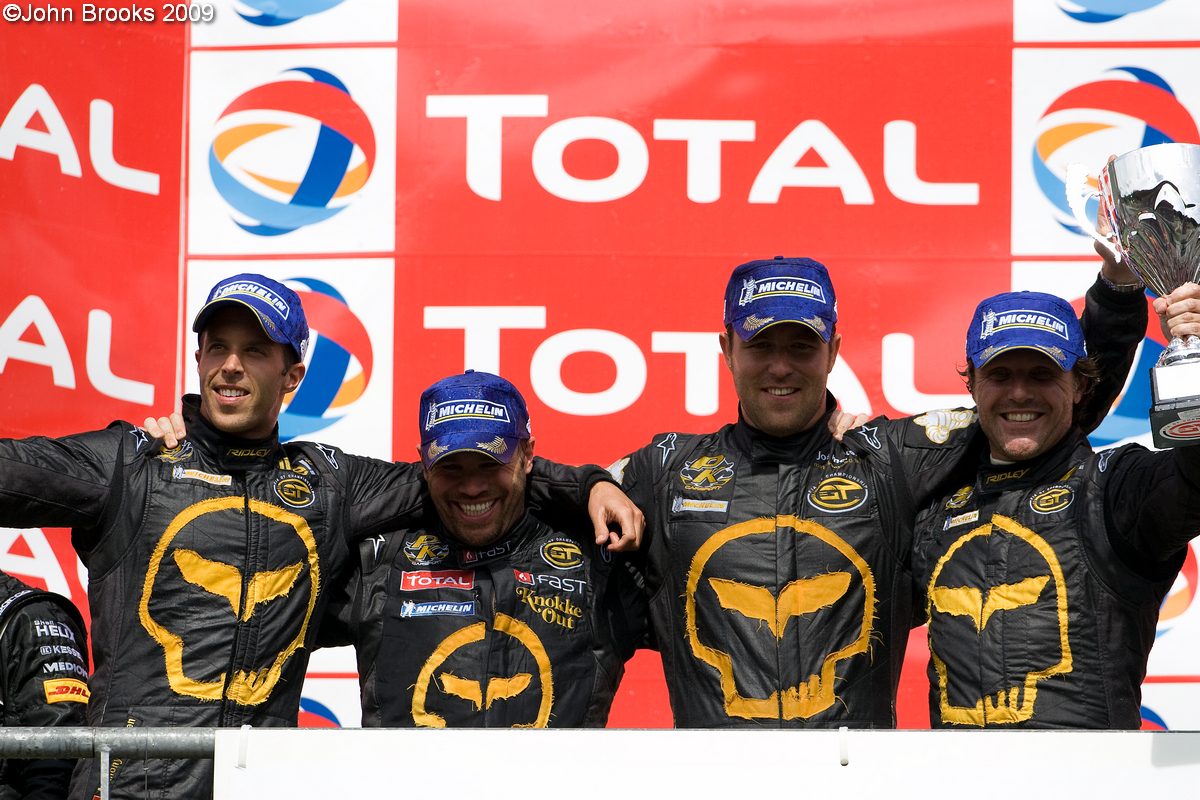
The final three hours of the race played out without drama at the head of the field till Kurt Mollekens crossed the line to score a popular and famous victory. The Peka Racing Corvette hardly missed a beat, the only one of the leading contenders to do so. Eleven laps down, and in second place, was the recovering #33 Maserati, but bitter disappointment would be all that Vitaphone Racing would take away from Spa.

The final step of the podium was taken by Phoenix Racing’s Audi R8 LMS which was running in the G2 class. The crew, Marcel Fässler, Marc Basseng, Alex Margaritis and Henri Moser had a largely trouble free run. The performance of the Audi gave a clue as to the future direction of the Belgian classic. The Audi was essentially a GT3 car, the race would prosper under that formula when it was adopted for the 2011 event. The fantastic entry for this year’s race is proof of that.
GT1 has signed off at the Spa 24 Hours in the most dramatic fashion, now there was a World Championship to chase.
John Brooks, August 2019





































